Blog
NPD Project Selection: Aligning Vision with Talent (PART 2/4)
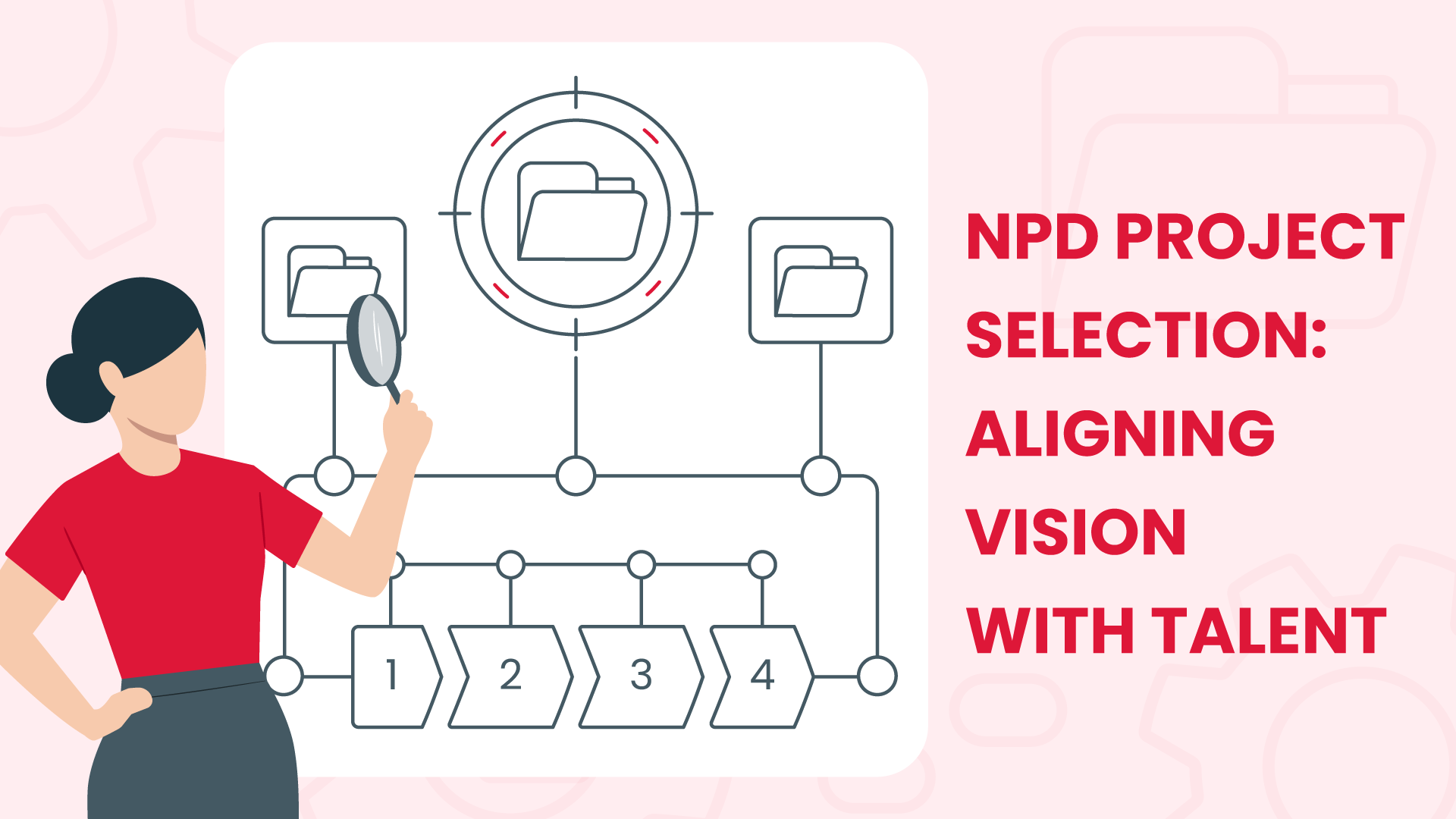
PART II
Continued from Part I – Enhancing NPD Processes with Cerri Project: From Idea to Market
In the dynamic world of engineering and product development, the success of an organization hinges not just on the products it develops but also on the projects it chooses to pursue. This makes the process of selecting new product development projects a critical cornerstone for success. It’s a multifaceted decision-making journey where projects undergo rigorous evaluation stages before receiving the green light. Incorporating the Stage-Gate process here enhances this stringent scrutiny, ensuring that only the most viable product ideas are transformed into real-world innovations.
However, the journey from an idea to a market-ready product is fraught with challenges, particularly in managing the human elements that drive these projects forward. The successful delivery of a new product to the marketplace relies on a delicate balance between the viability of the product and the availability of resources. It’s here that project and portfolio management (PPM) becomes indispensable, offering a comprehensive framework that provides complete visibility and facilitates informed decision-making at every stage of the project selection process.
For a more in-depth visual explanation, check out our accompanying YouTube video.
The Ideation Conundrum: Balancing Innovation with Execution
The genesis of every successful product is a great idea. Yet, in the competitive arena of new product development, an idea is merely the starting point. The transition from ideation to realization demands a systematic approach to capture, evaluate, and prioritize project ideas, ensuring they align with strategic goals and have the potential for success. This requires a well-constructed framework that considers:

Data Integrity: Implementing strict guidelines to ensure the information used in evaluating and ranking product ideas is reliable and consistent across the board.

Strategic Alignment: Identifying clear objectives that resonate with business goals and stakeholder expectations, ensuring that selected projects are poised for success.

Success Metrics: Establishing transparent evaluation criteria, including risk assessments, ROI calculations, and strategic fit, to objectively assess the potential of project ideas.

Decision-making Discipline: Creating a structured decision-making process, which is enhanced by the Stage-Gate methodology, with a governance framework to ensure comprehensive evaluation and a strategic Go/Kill strategy for managing the project pipeline.
Integrating the ideas pipeline with the organization’s project portfolio through a robust PPM methodology ensures a holistic view of both internal and external factors affecting project success. This strategic alignment guarantees that each selected project is not only viable but also supported by the necessary resources for its execution.
The Human Element: Beyond Just Products
For NPD organizations, it’s easy to become engrossed in the potential of products and overlook the pivotal role of human resources. The focus often lies on the product’s strengths and market potential, neglecting the critical impact of resource availability and talent on project outcomes. This oversight can significantly hinder a product’s journey from concept to consumer. Recognizing the value of aligning talent with project needs is essential for maintaining a competitive edge and meeting increasingly sophisticated customer expectations.
When constructing your project ideas framework, consider:
- The alignment of skills and talent with project requirements.
- The impact of new projects on existing resources.
- How resource requirements mesh with stakeholder expectations and business objectives.
- The broader financial implications of resource allocation on project success and the overall project portfolio.

Balancing the Scale: Optimizing Product Selection in NPD
Effective product selection is crucial for success in New Product Development (NPD), requiring a structured and objective approach to sift through the pipeline of project ideas. Many organizations lack a systematic process essential for aligning projects with business objectives and efficiently managing risks. Essential elements for a streamlined selection process include:
The Stage-Gate process enhances this selection mechanism by introducing formal evaluation stages that each idea must pass through, ensuring that projects are not only innovative but also align with strategic goals and market demands. Essential elements for a streamlined selection process enhanced by the Stage-Gate model include:
- Formal Evaluation System: Implement a system to capture and assess project ideas against strategic business goals, using the gates to ensure rigorous scrutiny.
- Strategic Investment View: Treat ideas as investments, ensuring they are in line with the company’s objectives.
- Ranking System: Develop a ranking system that accounts for business culture, stakeholder needs, and enables informed decision-making.
- Balanced Portfolio: Ensure a mix of internal resources and market demands to construct a solid project portfolio.
- Selection Criteria: Focus on:
- Aligning metrics with stakeholder and market needs.
- Balancing the portfolio to prioritize ideas effectively.
- Maintaining visibility into resource availability for viability assessment.
- Applying objective metrics (ROI, IRR, NPV) for informed selection.
- Including current project portfolio considerations in the selection process.
By adopting a focused approach to product selection, organizations can streamline the NPD process, aligning project selection with strategic goals and resource capabilities. This strategy facilitates more efficient progress from concept to market, ensuring the launch of viable and strategically aligned products.

Cerri Project: Streamlining NPD Idea Management
Navigating the vast sea of NPD project ideas, from initial conception to prioritization, presents a significant challenge for many organizations. Cerri Project emerges as a pivotal tool in this arena, offering demand management capabilities designed to meticulously organize and prioritize project ideas. By seamlessly incorporating the Stage-Gate process, Cerri Project enhances its functionality, ensuring that each project idea undergoes systematic evaluation at critical decision points throughout its development journey. Through its Demand Management module, Cerri Project empowers teams to:
- Efficiently gather and categorize new work and project requests.
- Conduct detailed reviews and documentation of each project idea.
- Apply uniform criteria for evaluating and prioritizing incoming requests, supported by the structured evaluation stages of the Stage-Gate process.
- Centralize the tracking and assessment of all project ideas.
- Utilize established metrics, KPIs, and risk assessments for comprehensive performance evaluation, enhancing decision-making at each gate.
* Stage-Gate® is a registered trademark of Robert G. Cooper.

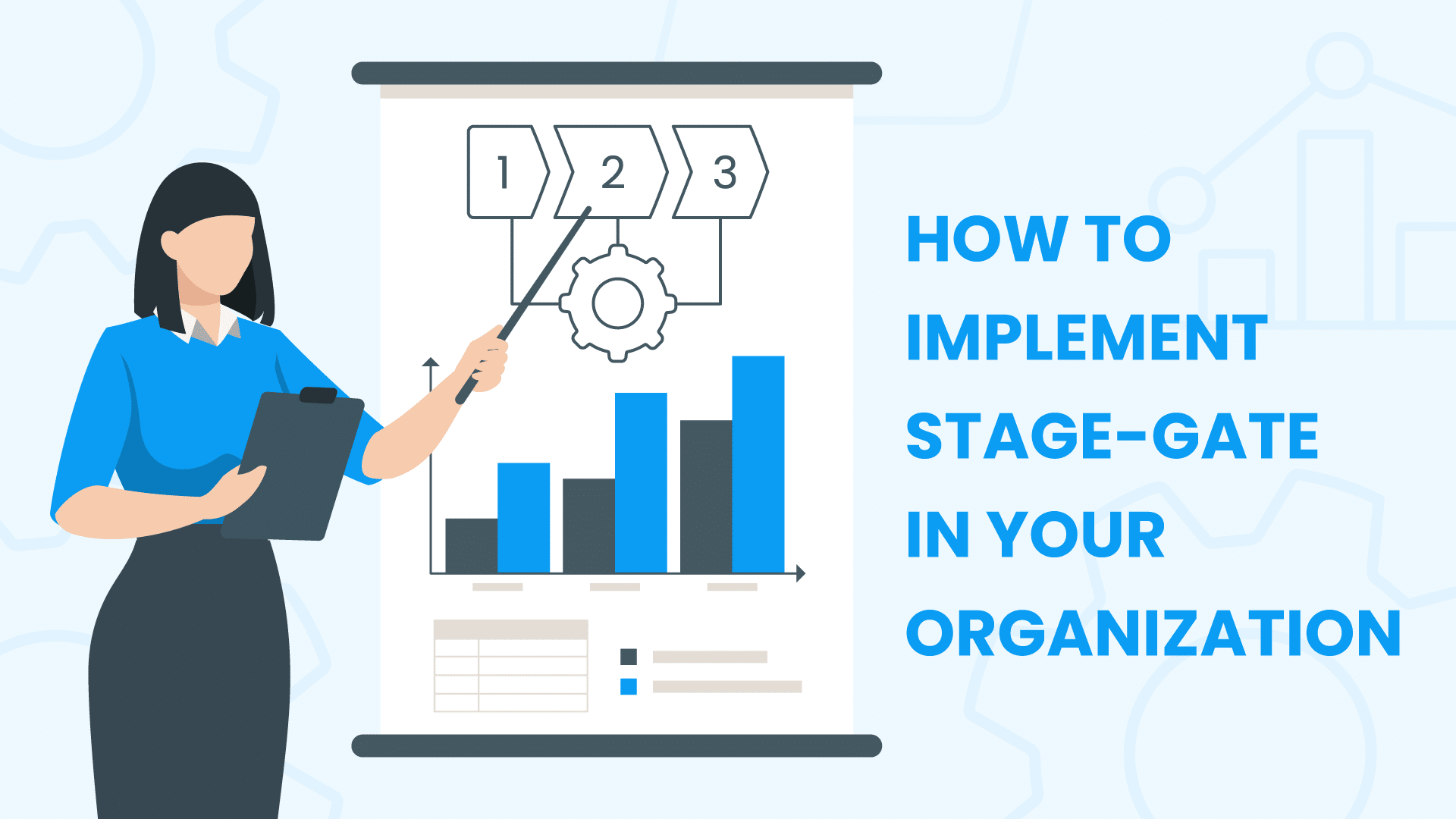






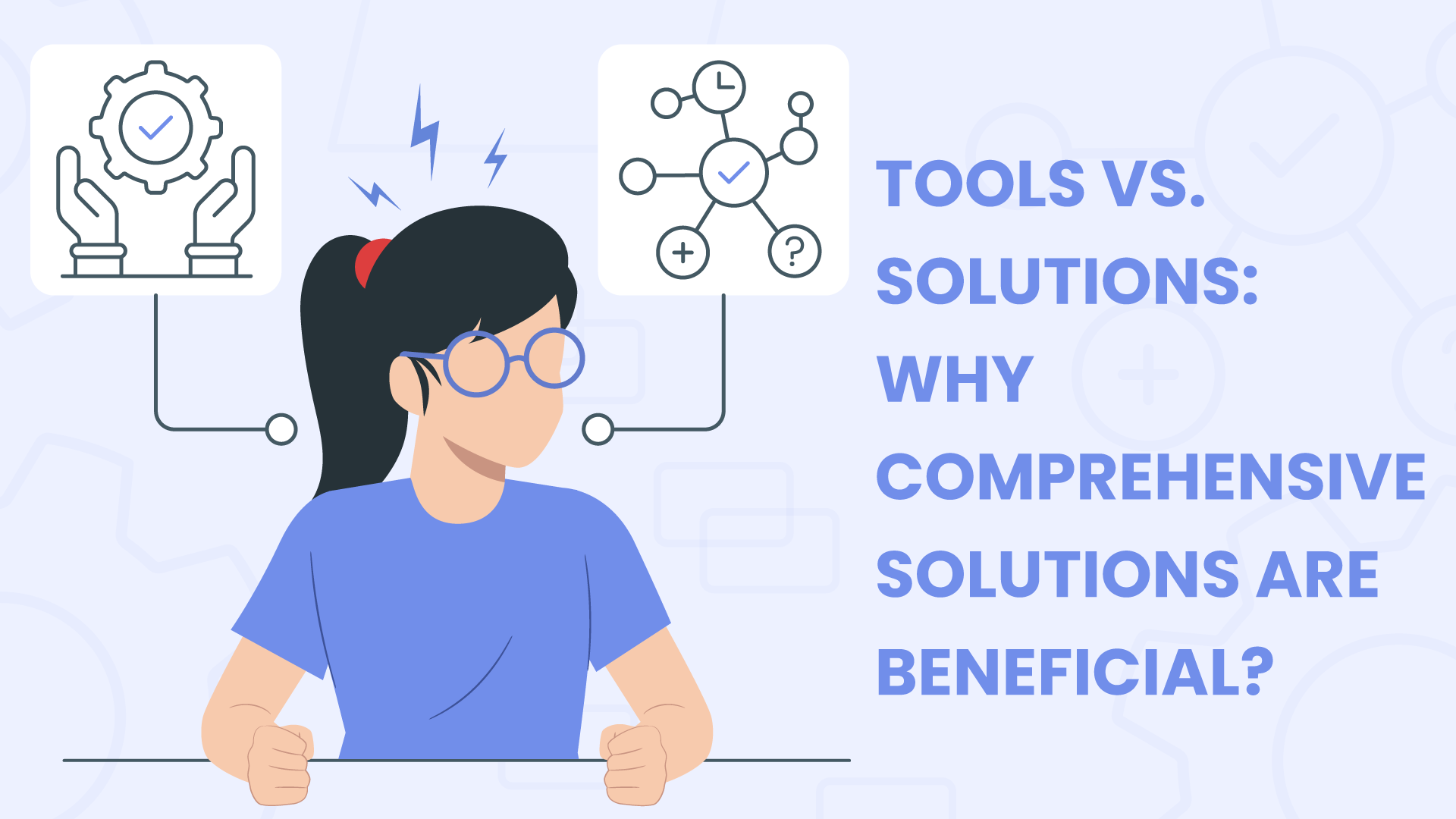




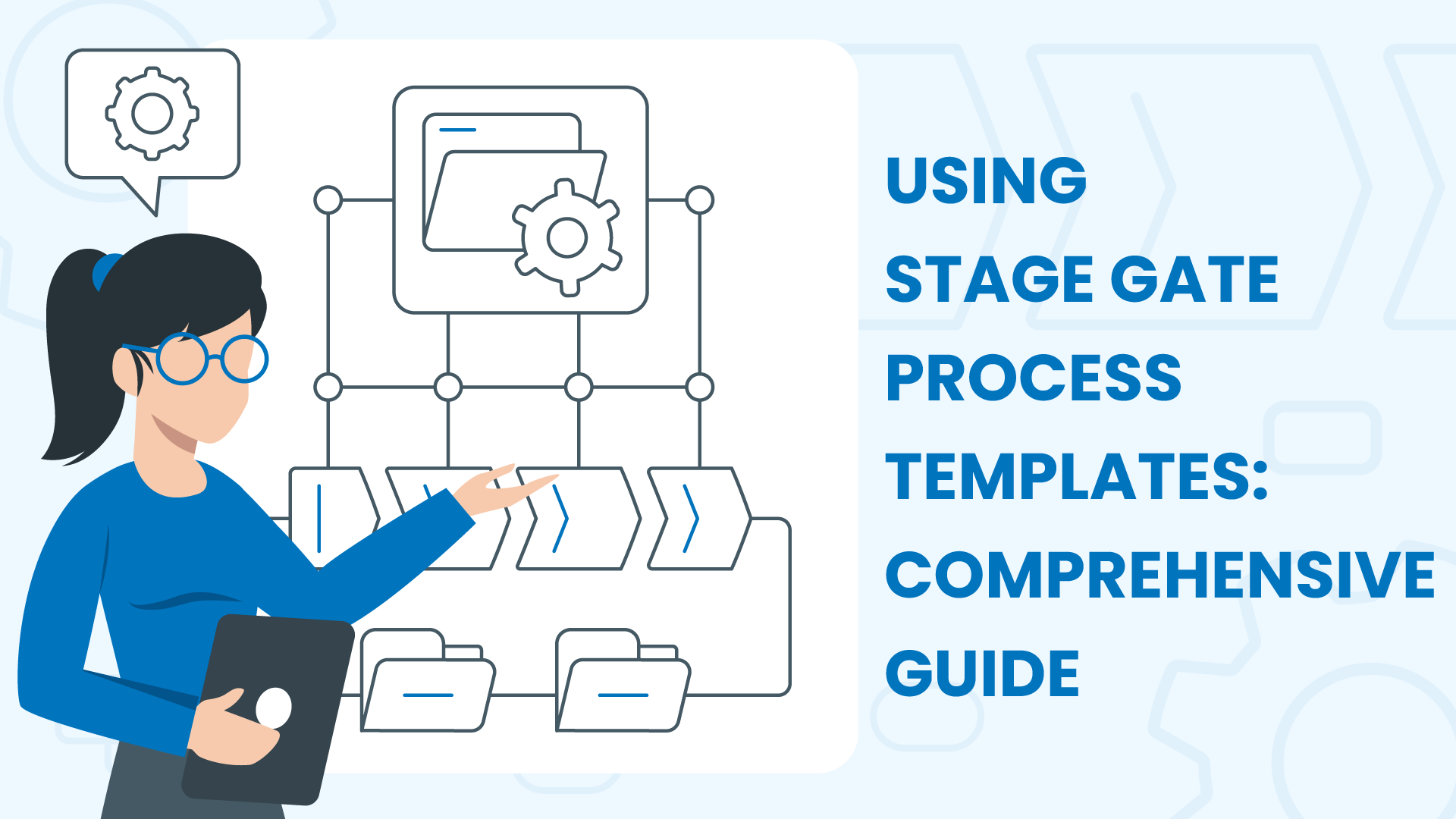




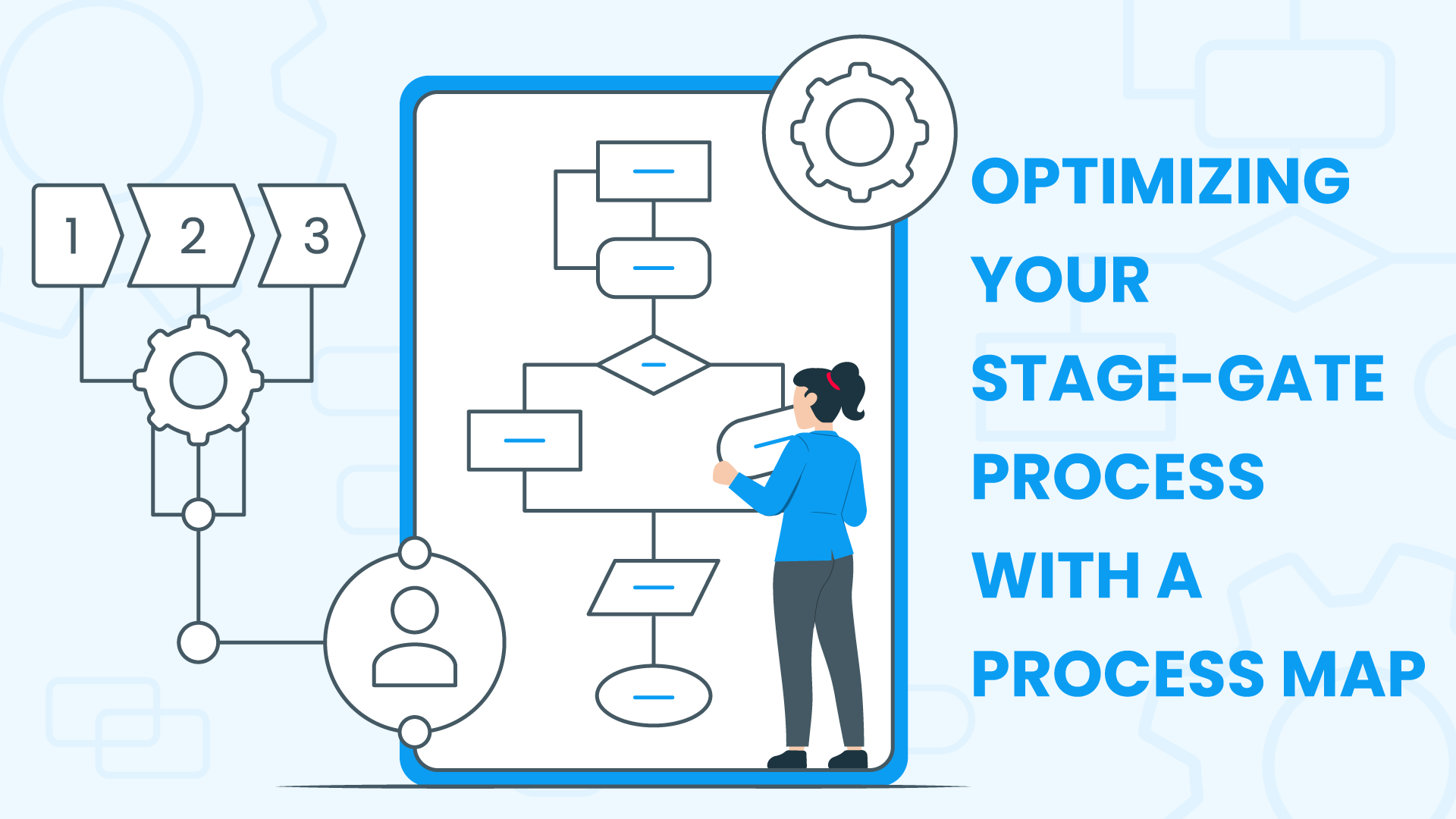










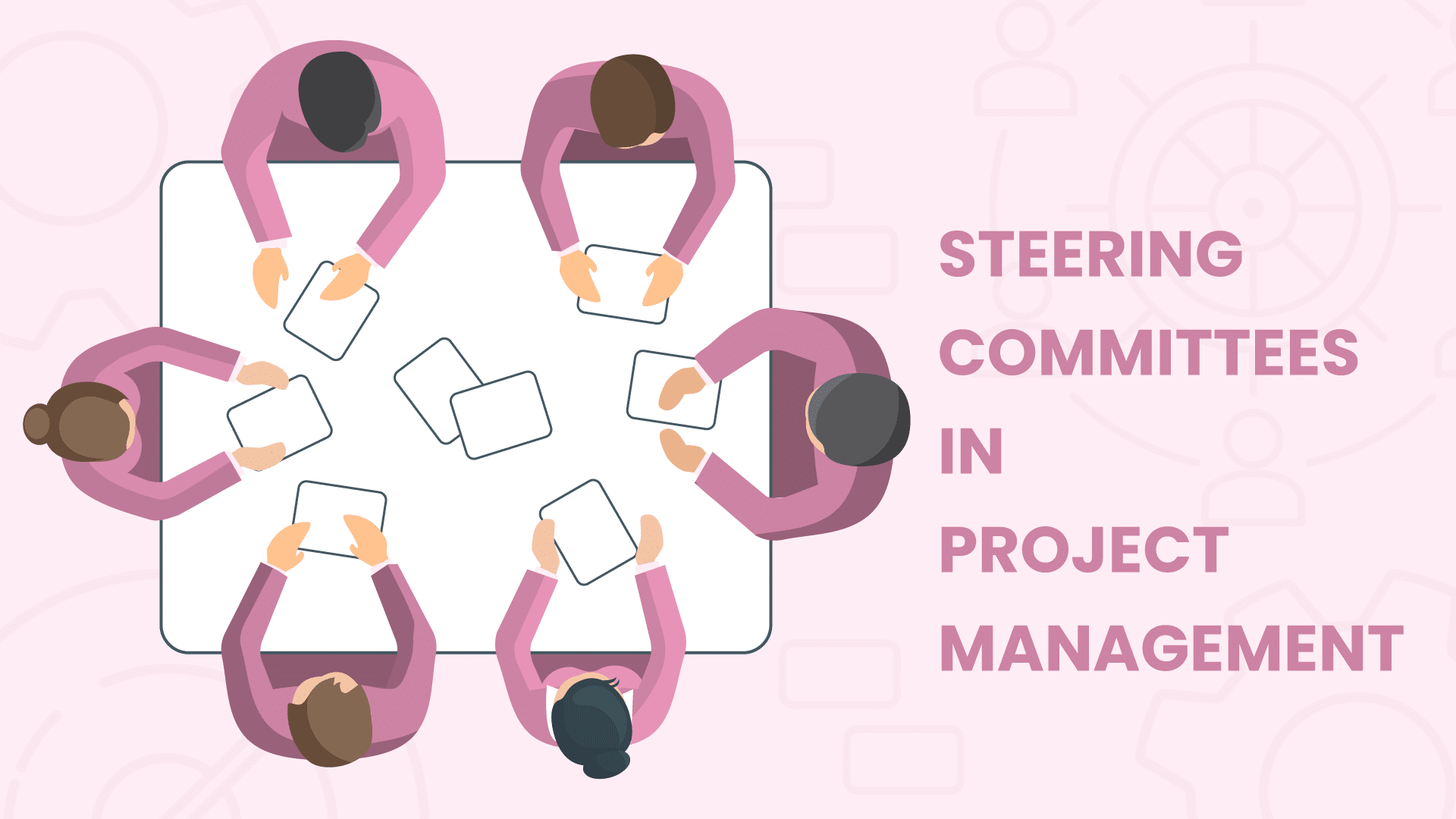



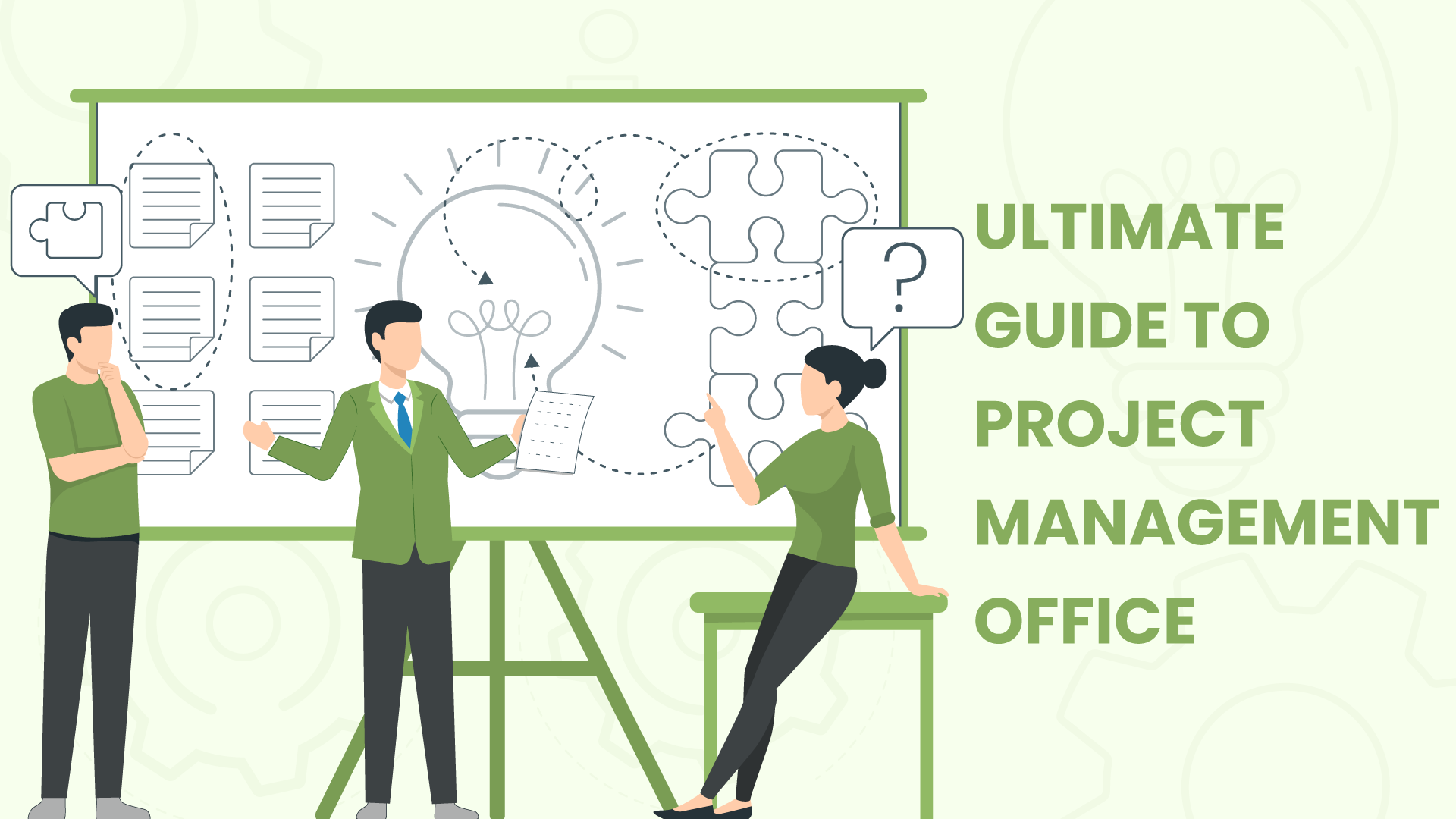

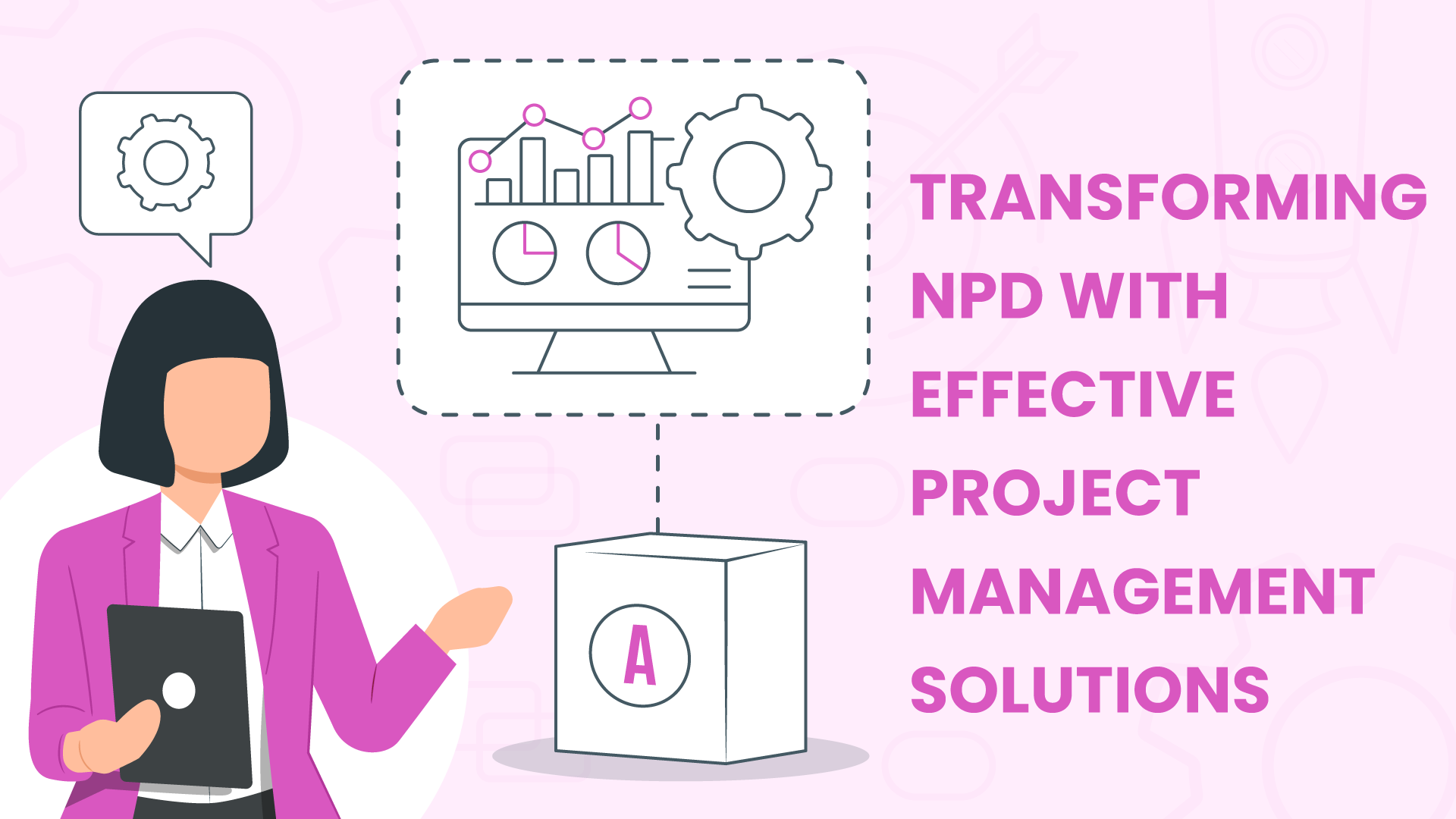

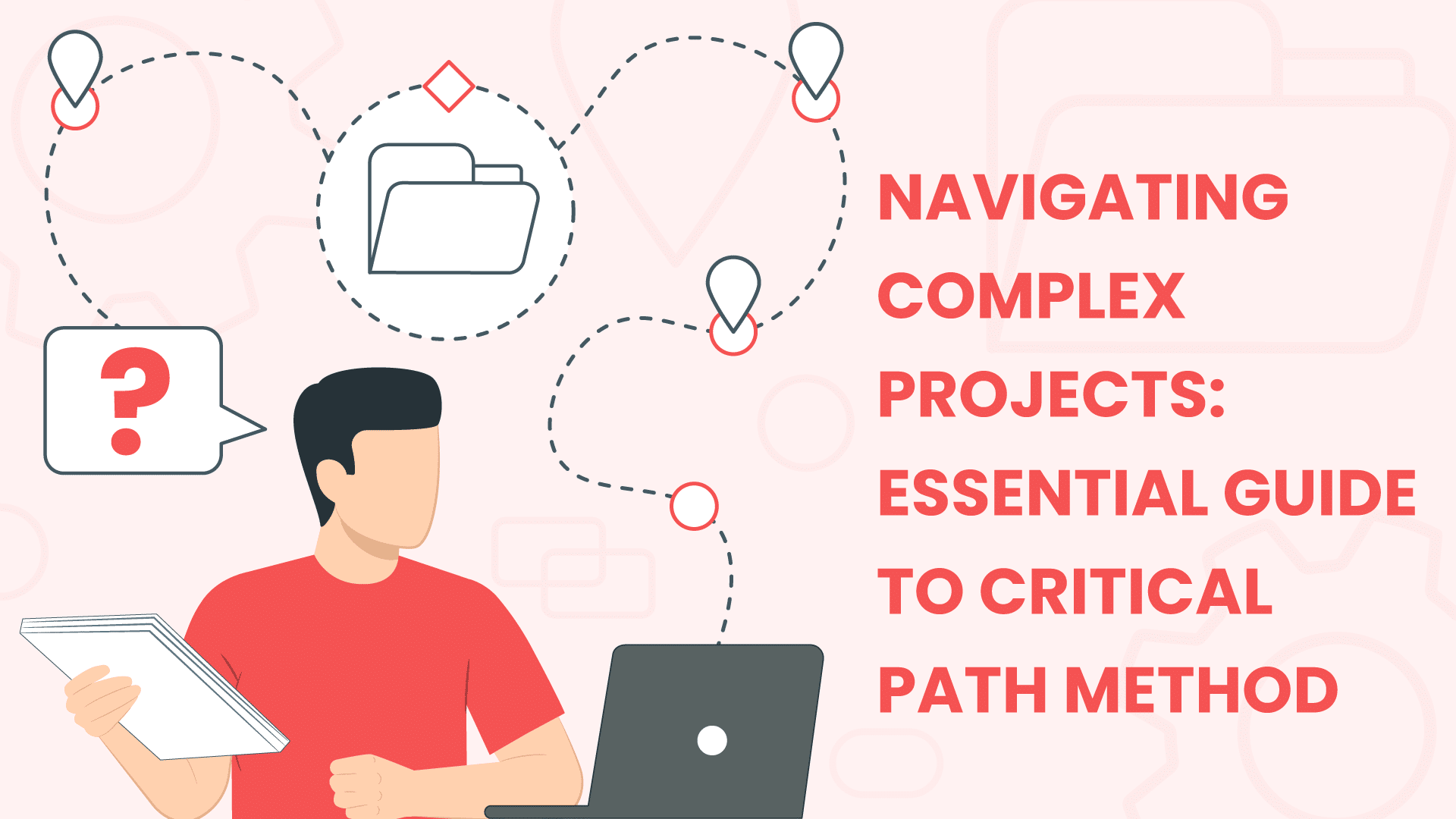






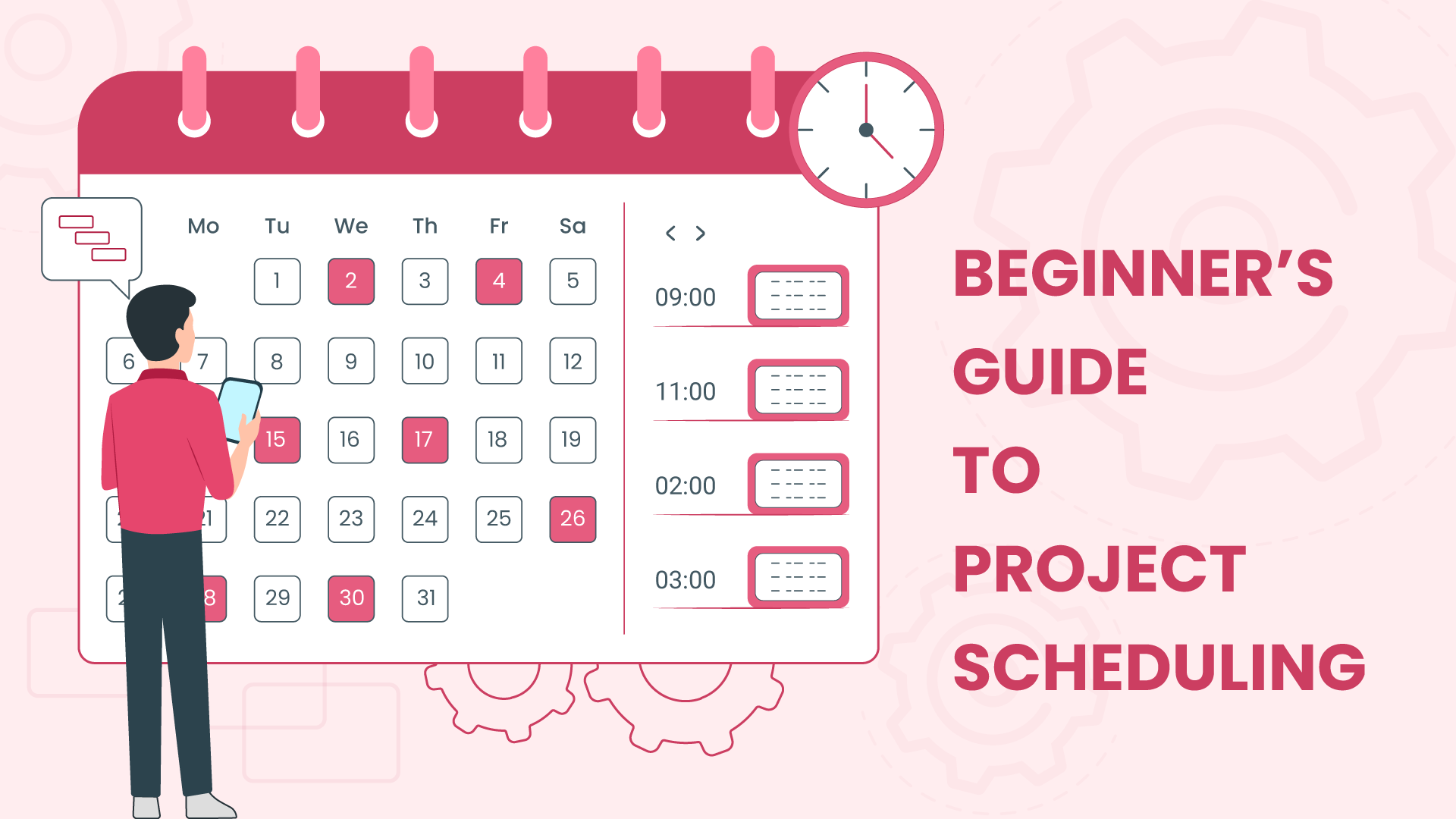
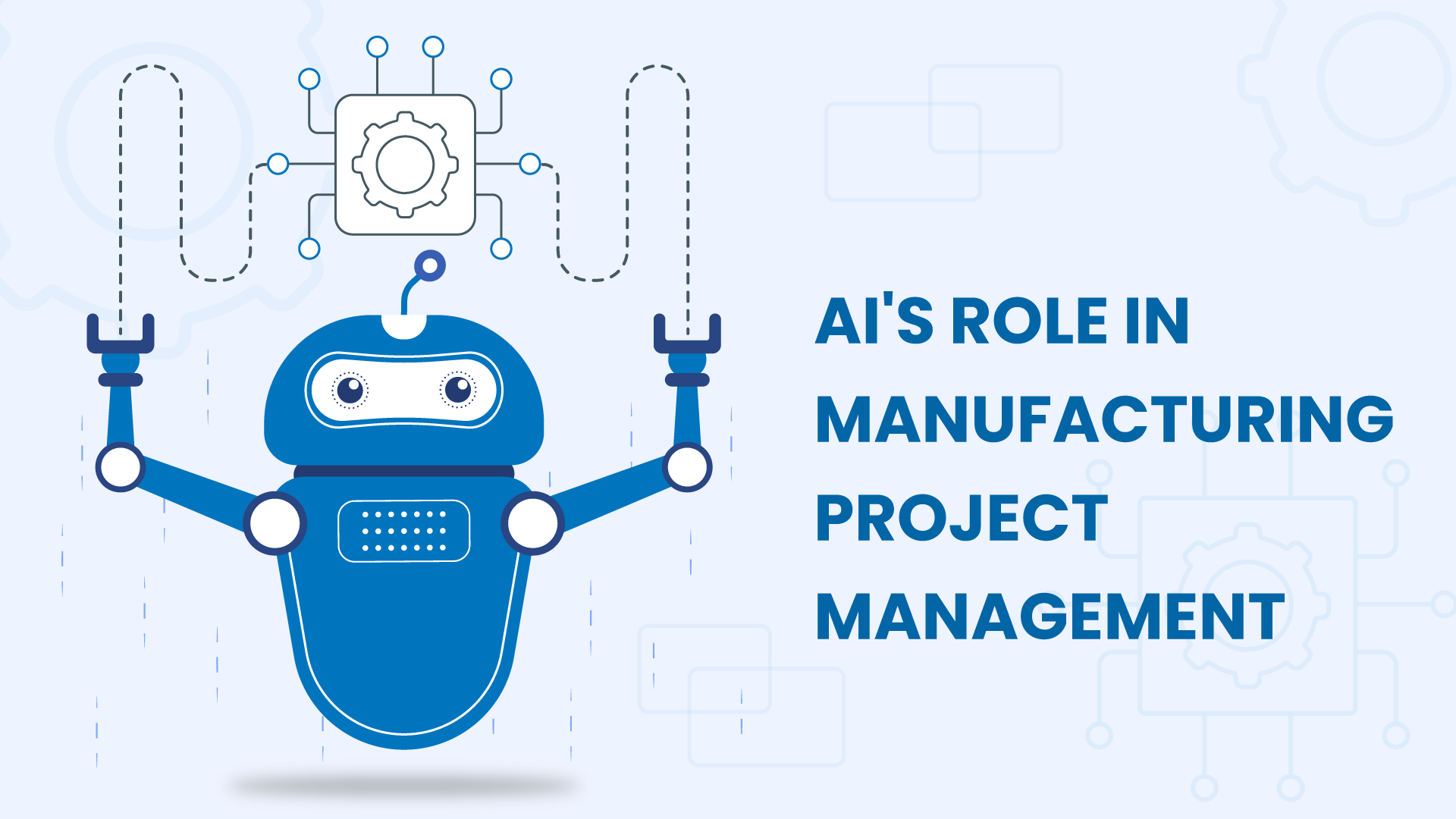




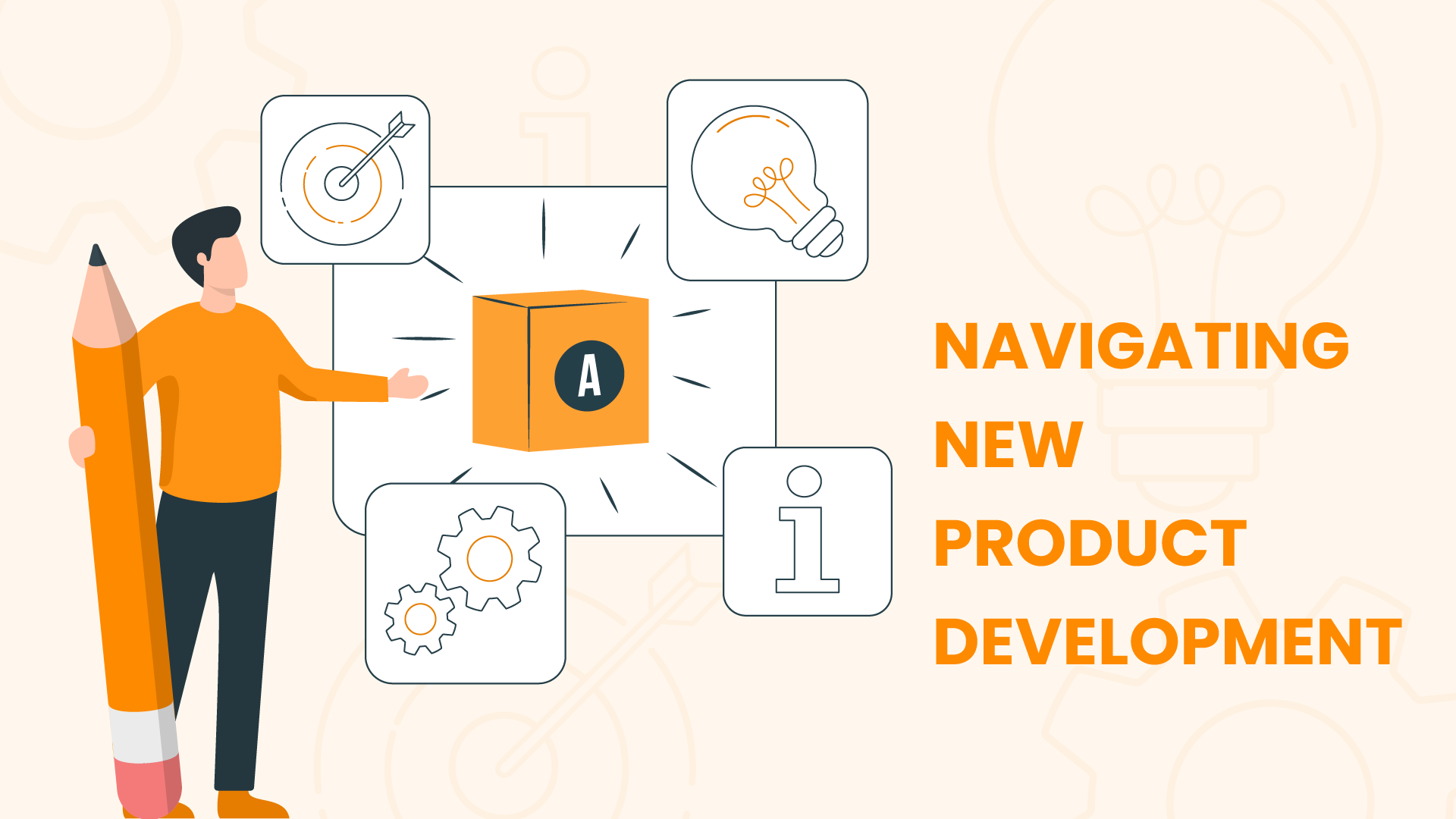





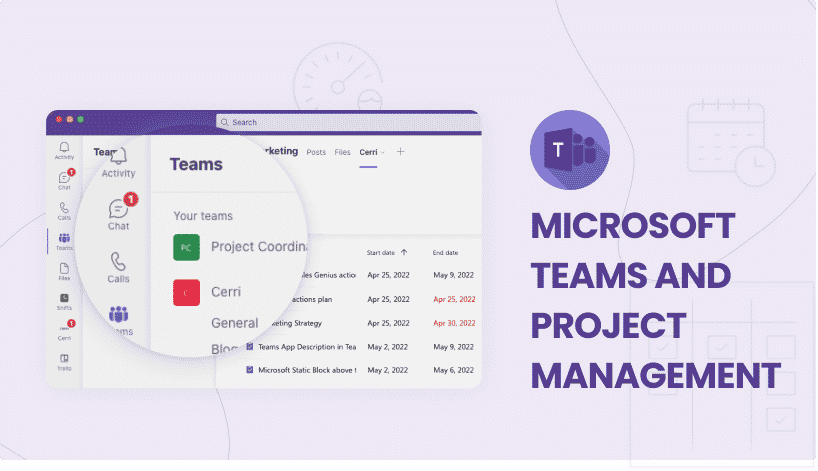




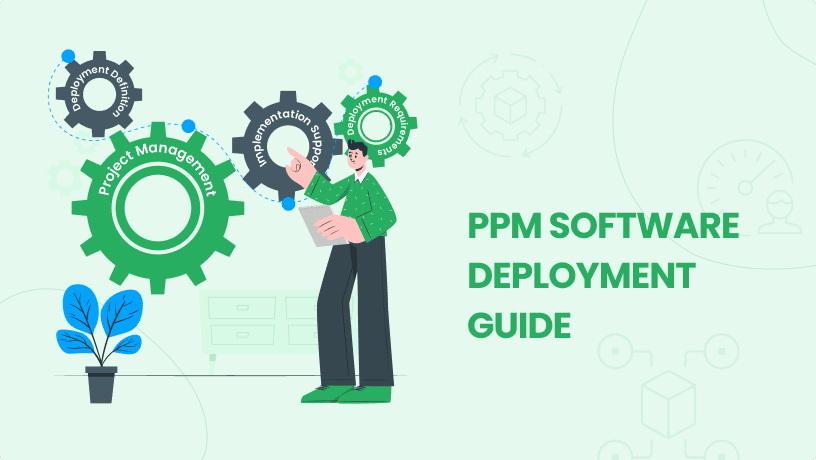
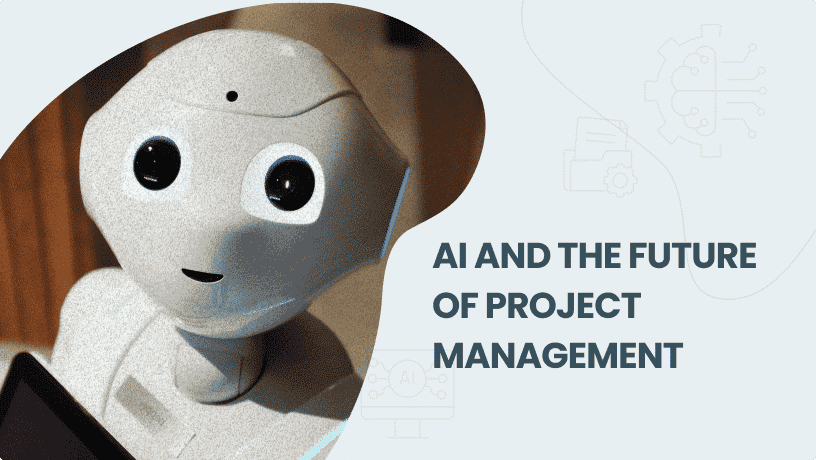







 Task Management
Task Management 

















 Customization
Customization
